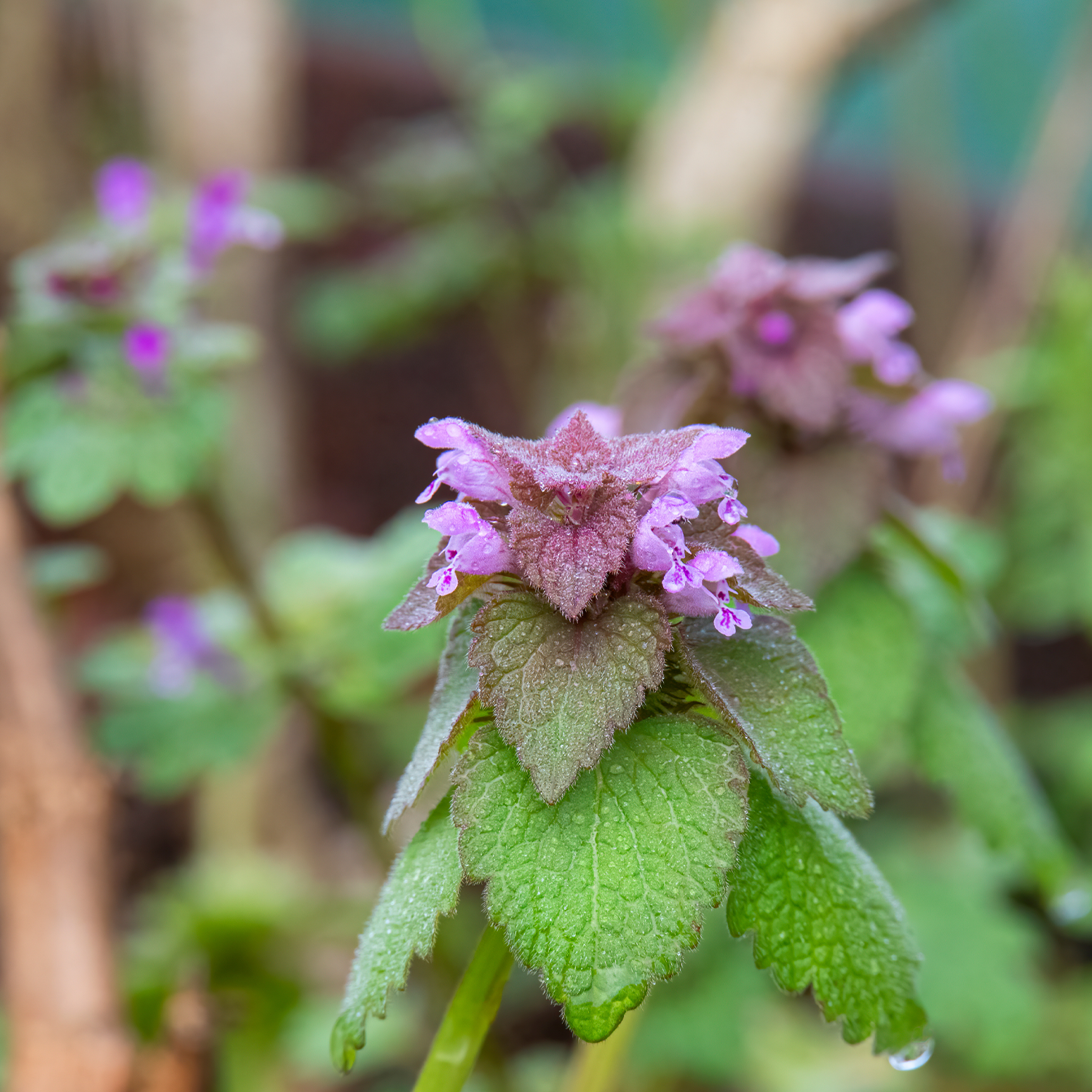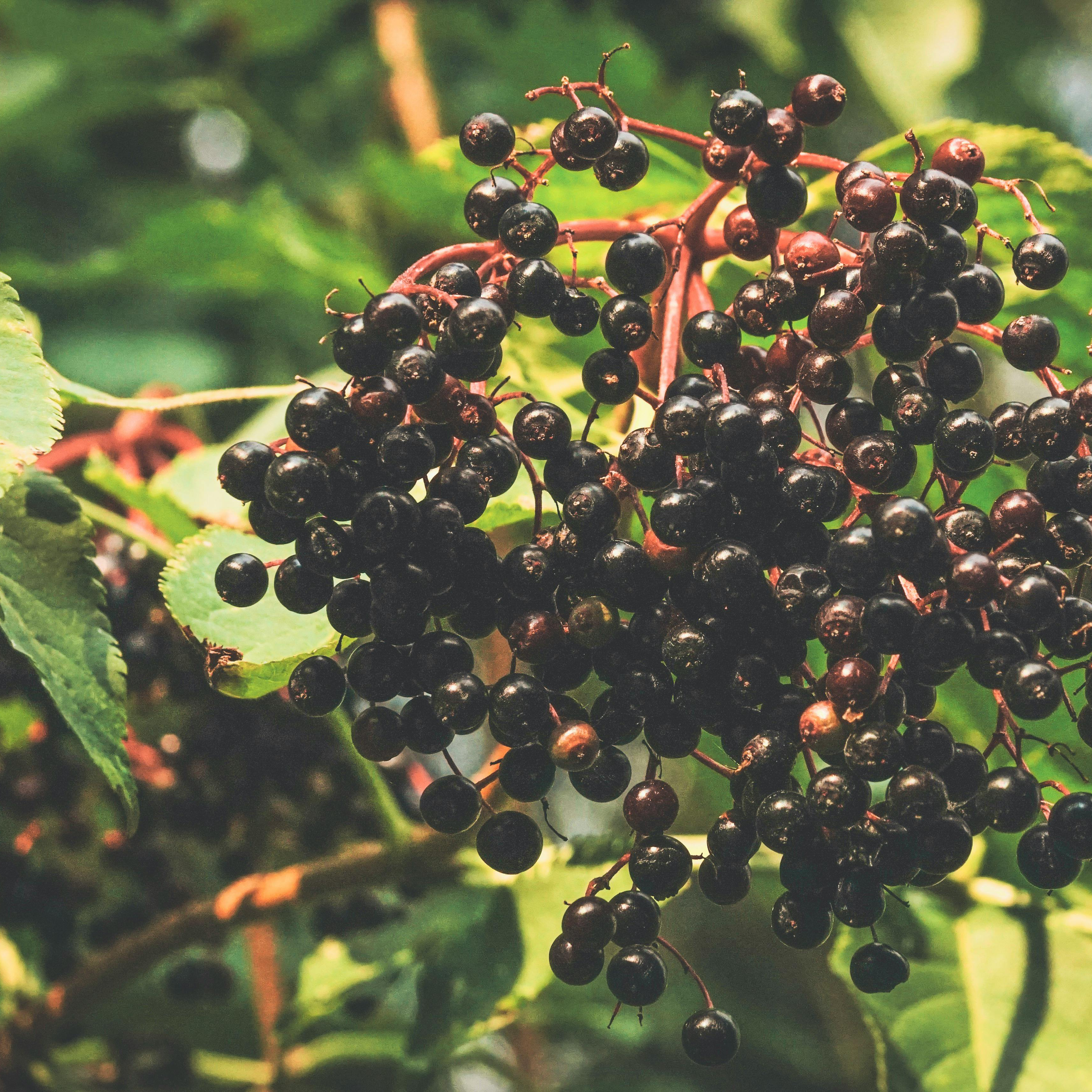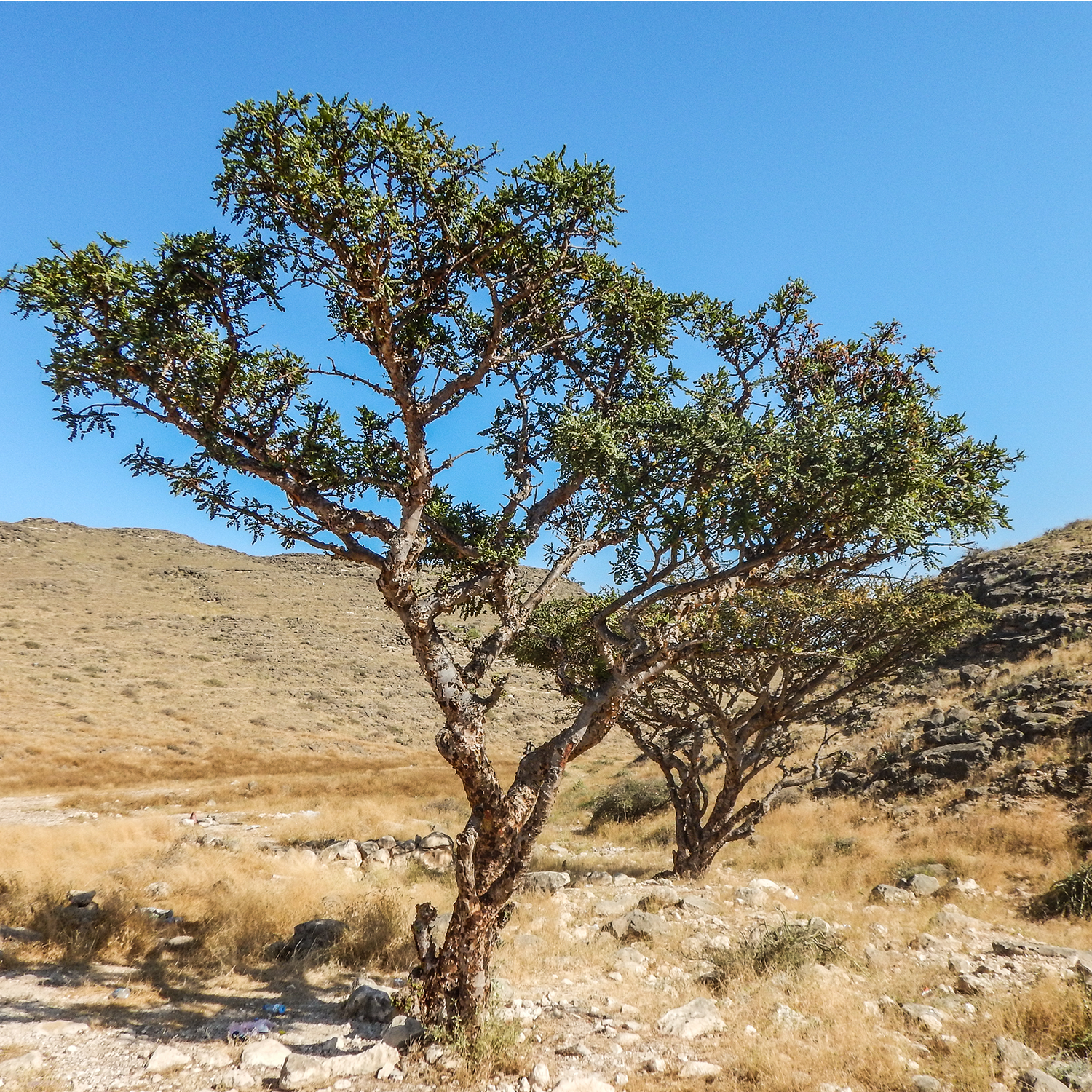
Spring Has Sprung — And So Has Purple Dead Nettle
Discovering the Beauty and Power of a Common Wild Herb
There’s something magical about springtime — the soft buzz of bees returning, the greening of the earth, and tiny pops of purple scattered across meadows, garden beds, and even sidewalk cracks. For many of us, those early purplish blooms signaled one thing: weeds.
But now we know better.
When we lived on our farm, purple dead nettle (Lamium purpureum) would grow everywhere in the early spring. At the time, we had no idea that these little flowers we used to casually pull up were anything more than a wild nuisance. Turns out, they’re actually one of the most useful — and beautiful — edible “weeds” of spring.
Let’s dive into why purple dead nettle deserves a spot in your herbal rotation this season.
What is Purple Dead Nettle?
Despite its name, purple dead nettle isn’t a true nettle and it won’t sting you. The “dead” part refers to its sting-less nature compared to its cousin, stinging nettle. It’s part of the mint family (you’ll notice the square stem), and it's native to Europe and Asia but has now made itself quite at home across North America.
This low-growing plant is easily identified by its fuzzy, heart-shaped leaves with purplish tops and small, tubular purple-pink flowers. It’s one of the first plants to pop up after winter, offering early nectar to pollinators and early medicine to those of us who know where to look.

A Bit of History
Purple dead nettle has been used in traditional European folk medicine for centuries. It was often foraged and brewed into teas for seasonal ailments or used topically to help stop bleeding and promote wound healing.
In older herbals, it’s praised for its astringent, diuretic, and mild anti-inflammatory properties. Though it's not as well-known today as some other herbal allies, it's an accessible and powerful reminder that healing plants often grow right beneath our feet.
Medicinal Benefits
Purple dead nettle is packed with goodness:
- Anti-inflammatory & Antioxidant: Contains flavonoids and phenolic compounds that help calm inflammation and oxidative stress.
- Supports the Immune System: Rich in vitamin C and iron, helping the body gently transition through seasonal shifts.
- Antibacterial & Antifungal: Traditionally used on minor wounds and scrapes for its natural ability to inhibit bacterial growth.
- Allergy Support: Some herbalists use it in combination with other spring herbs (like cleavers and chickweed) to help soothe seasonal allergies.
- Digestive Aid: When made into a mild tea, it can help calm indigestion or bloating.

Where to Find It (And How to Forage Responsibly)
Purple dead nettle loves disturbed soil — think garden edges, pastures, fields, roadside ditches, and old farmland. It's most abundant in early to mid-spring, especially in regions that experience a true winter.
When foraging:
- Identify confidently – Look for the purplish tops, fuzzy leaves, and square stems.
- Harvest responsibly – Take only what you need, and leave enough for the pollinators.
- Avoid roadsides or sprayed areas – Like all wild herbs, it's best harvested from clean, untreated ground.
Tip from the farm: We started noticing it blooming right alongside our dandelions in early spring. Once we learned what it was, we began harvesting the tender tops by hand — you really don’t need much, and a little goes a long way.
Ways to Use Purple Dead Nettle
There are so many ways to get creative with this little powerhouse:
1. Fresh or Dried Tea
Steep the leaves and flowers fresh or dried for a mild, slightly grassy tea that’s great for seasonal allergy support and gentle detox.
2. Infused Oil or Salve
Infuse the dried plant in a carrier oil (like olive or jojoba), then turn it into a salve for cuts, scrapes, bug bites, and minor skin irritations.
3. Tincture
Preserve its properties in alcohol for use year-round. Combine with cleavers or plantain for a spring liver and lymph support blend.
4. Culinary Uses
Believe it or not, you can toss young, tender leaves into smoothies, soups, or salads. They’re mildly earthy and blend well with other spring greens.
5. Herbal Vinegar
Fill a jar with fresh purple dead nettle and cover with apple cider vinegar. Let steep for 2-4 weeks, then strain and use in dressings or as a mineral-rich tonic.
Final Thoughts
What we once thought were just weeds on the edge of our property turned out to be a powerful early-spring remedy. Purple dead nettle reminds us that nature gives us exactly what we need, exactly when we need it — if only we stop and take notice.
This spring, don’t overlook those pops of purple underfoot. Whether you turn it into a salve, sip it as a tea, or just appreciate its beauty, purple dead nettle is a gentle yet mighty herb worth welcoming into your life.







1 comment
I’d love to learn more! I do take elderberry for water colds.
Deborah Taylor
Leave a comment
This site is protected by hCaptcha and the hCaptcha Privacy Policy and Terms of Service apply.